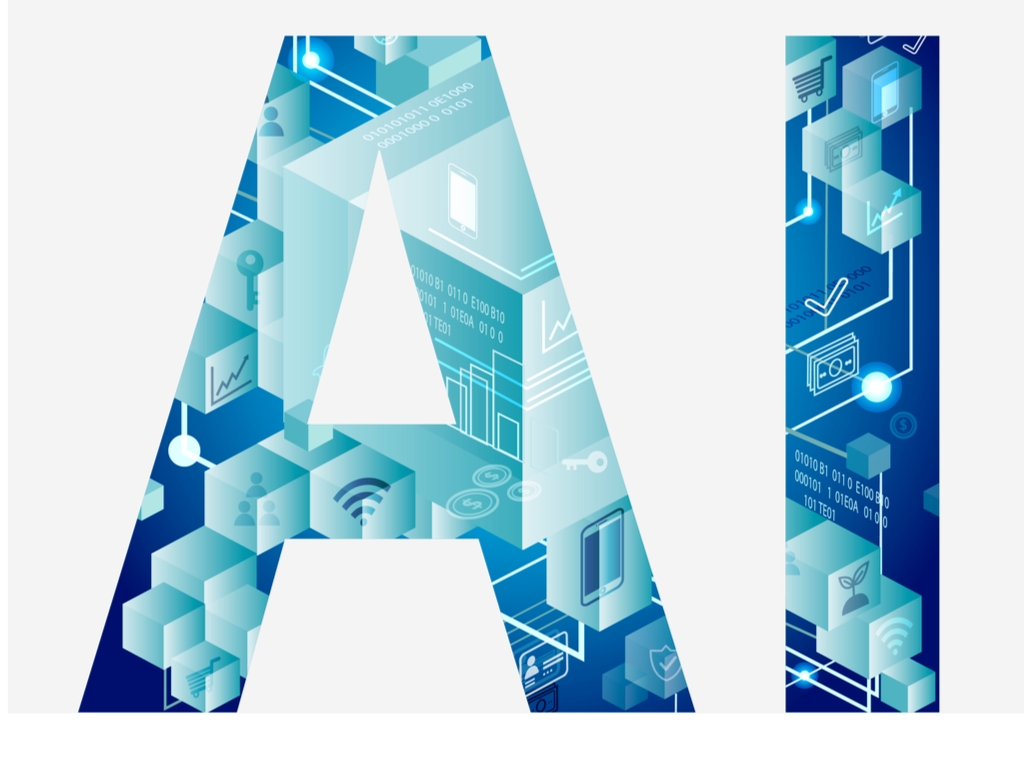
Strategic financial management for women is highly effective
A look at the many ways in which women’s financial positions and needs can differ from those of men, and how women can strategically plan their finances to protect their financial futures.
The financial planning needs of women are in many ways unique – and with the shape and pace of their career trajectories being somewhat different from men’s, so too should their financial management strategies.
In this article, we explore the many ways in which women’s financial positions and needs can differ from those of men, and how women can strategically plan their finances to protect their financial futures.
Child bearers and family careers
The interruption of women’s careers as a result of childbirth and child-rearing can have long-term financial implications for women. Besides the actual loss of earnings during maternity leave and child-rearing years, it is important to factor in the knock-on financial effects.
The longer-term impact of not having pay parity
Although gender pay parity is improving, the process is a slow one and on average women still earn less than men do. Again, the effect of earning a lower income permeates across every aspect of a women’s portfolio: less group risk cover, lower investment contributions, reduced bonuses, commissions or incentives, a weaker position to negotiate from, less access to credit and financing, a weaker capacity for wealth building, and a lower net asset value over time – exacerbated, of course, by the fact that women generally live longer than men and therefore need to save for a longer – potentially more expensive – retirement.
The associated risks of living longer
According to the US Census Bureau, in 2017 the life expectancy for men was 76.1 years while that of women was 81.1 years, and it is anticipated that the gap in longevity will continue to grow. The longevity risk faced by women has a number of key implications for their financial planning which should be addressed sooner rather than later.
Wealth creation challenges of the stay-at-home spouse
Women who choose to stay at home to raise children face an enormous challenge when it comes to generating wealth. Without an income and the associated tax benefits, investing is something that many stay-at-home mothers fail to do which places them in a precarious financial position if the relationship comes to an end.
Challenges facing single mothers
The challenges that many single mothers face can have far-reaching effects on their ability to generate income and build wealth, particularly when it comes to securing maintenance and pursuing payment from non-payers.
Differing investment style
Generally speaking, women’s investment style differs from men’s, and this is often not supported by the products or advice available in the marketplace. Research shows that women are more likely to seek advice and stick to it, have a more goals-based approach to investing, and – being time-poor – require efficiency in terms of communication and administration.
Post-pandemic planning
The work-from-home regulations during the pandemic placed a massive child caring burden on many women which, in turn, impacted their ability to generate an income and save for the future. In response to the pandemic, however, many women have subsequently demonstrated an increased interest in investing, become more involved in the management of the household’s finances, and are more open to engaging in financial discussions with their partners and children.
Read more at Strategic financial management for women is highly effective
Leave your comments below and subscribe us to get new updates.






























